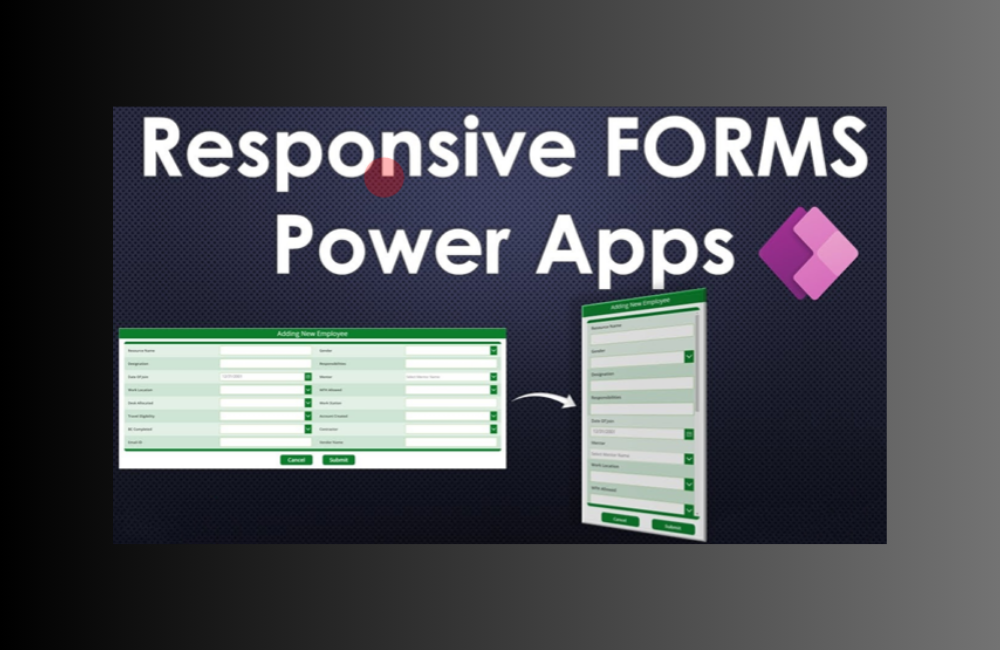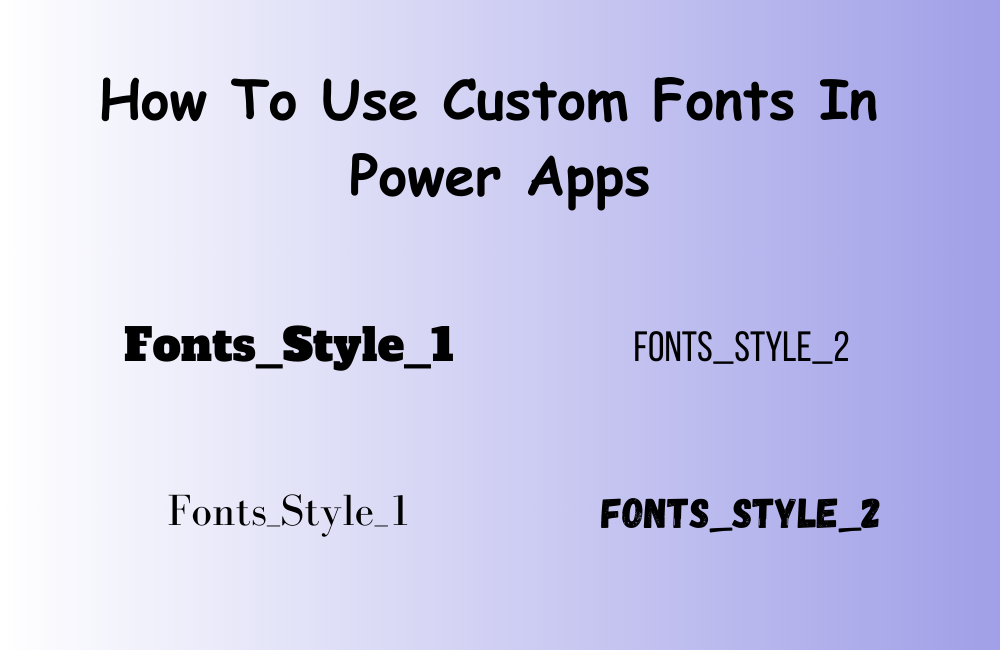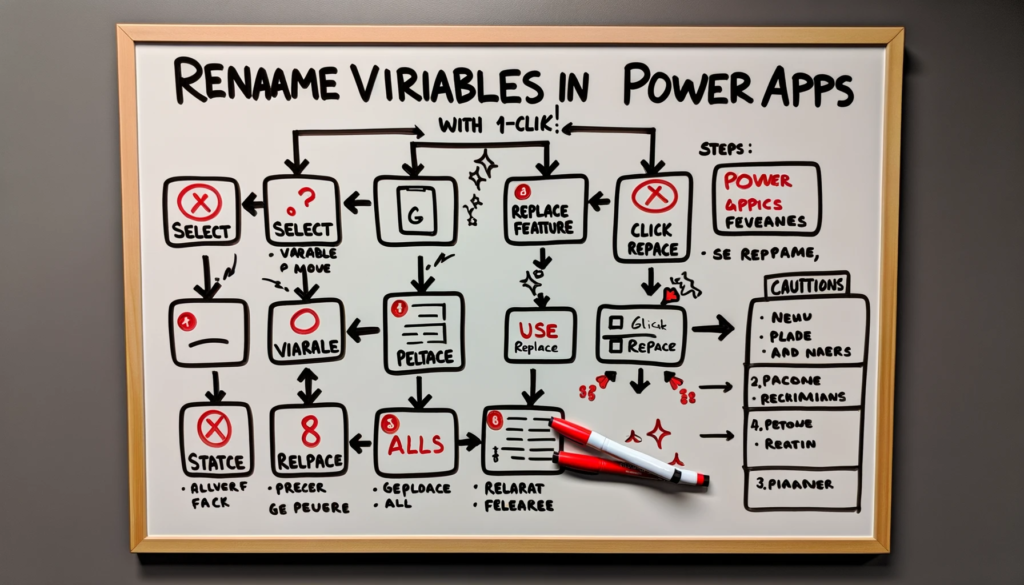Handling PowerApps Updates: How to Show Version Number & Restore App Functionality
Introduction:
Did an unexpected change surprise you in your PowerApps application? A recent update might have caused it.
Let me guide you on how to diagnose such issues and how to revert to a previous version for optimal performance.
PowerApps Update Version Management might be your solution. This guide will walk you through diagnosing issues and rolling back for optimal performance.
PowerApps Update Version Management: Understanding Sudden App Changes
Ever thought, “Why doesn’t my app work as it did yesterday?” Situations like these arise often, especially when you haven’t made any modifications to the app. Many times, a PowerApps update, like most software updates, introduces these unforeseen issues.
For those curious about the frequency of PowerApps updates, Microsoft’s release history for PowerApps will enlighten you. It’s always beneficial to stay updated!
An Illustrative Example
In January 2021, a PowerApps update mainly impacted European users because of a localization bug. Interestingly, instead of displaying numeric/date values according to regional preferences, this bug showed them in the US format.
Addressing Update-Induced Issues
Think an update caused your app’s problems? You can easily switch the authoring version of the affected app. Just head over to the app designer, look under the Account section, and there you’ll spot an option to ‘change authoring version’. Think of the authoring version as the version of the PowerApps designer/editor you currently use.
To revert to an older version, simply select a previous authoring version and choose ‘Reload + apply version’. Often, this action will resolve the issues introduced by a new PowerApps update and bring back your app’s original functionality.
The Significance of Authoring Versions
Authoring versions don’t just help with issue resolution. They also ensure smooth functioning across different environments. Since Microsoft releases PowerApps updates to varied regions at different times, you might face compatibility challenges. For instance, if you create an app in a preview (like in a US-based environment) and then move it to another tenant/environment (say in Europe) with an older version, you’ll likely run into errors.
But don’t worry! There’s a simple solution: match the source app’s version with the older PowerApps version that the target environment supports.
Accessing PowerApps Studio in Different Versions
If you aim to access PowerApps Studio in a specific version, you can tweak the URL for that. For instance, adding the version number to the URL lets you access that specific PowerApps Studio version. Once you grasp the URL structure, switching between versions becomes a breeze.
By understanding the structure of the URL, one can effortlessly switch between different versions as required.
Conclusion:
Updates, while generally beneficial, can occasionally disrupt app functionality in PowerApps. By understanding how to manage versions and utilize the authoring version effectively, such challenges can be addressed promptly. If you ever find yourself puzzled by sudden changes in-app behavior, consider the tips outlined above.
If you require further assistance regarding this topic or any other technical issue, please don’t hesitate to contact us. We’re here to help and offer our expertise!
An Informative reference: Restore a canvas app to a previous version






